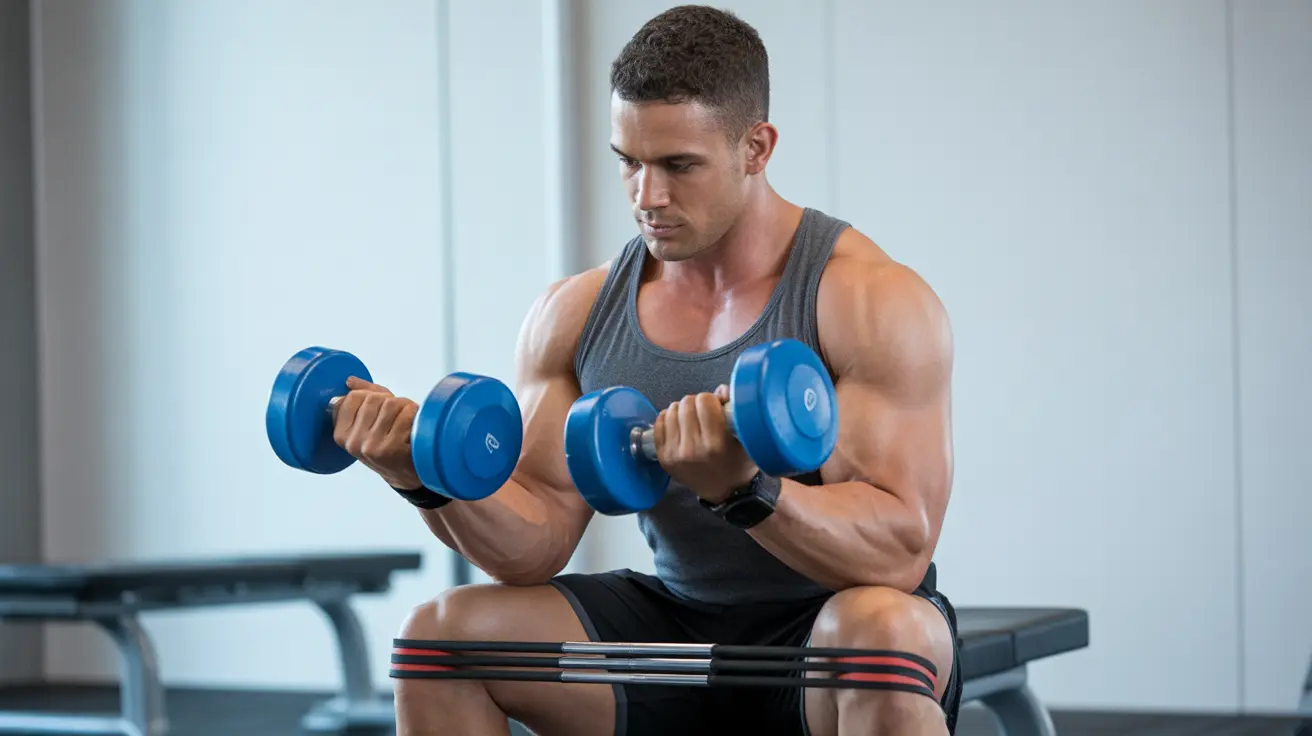Starting a weightlifting journey can feel overwhelming, but with the right knowledge and approach, it can become one of the most rewarding forms of exercise. Whether your goal is building strength, improving fitness, or enhancing overall health, understanding proper weightlifting techniques and principles is crucial for success and safety.
This comprehensive guide will walk you through everything you need to know to begin lifting weights confidently and safely, helping you build a strong foundation for your fitness journey.
Getting Started with Weight Training
Before diving into weightlifting, it's essential to establish a solid foundation. Begin by consulting with your healthcare provider to ensure you're healthy enough for resistance training, especially if you have any pre-existing conditions or injuries.
Essential Equipment for Beginners
Start with basic equipment that allows you to learn proper form and technique:
- Dumbbells in various weights
- Resistance bands
- Weight bench
- Proper athletic shoes
- Comfortable, moisture-wicking clothing
Proper Form and Technique Fundamentals
Master these basic principles to ensure safe and effective lifting:
- Maintain neutral spine alignment
- Keep core engaged throughout movements
- Control breathing during exercises
- Move through full range of motion
- Focus on quality over quantity of repetitions
Developing a Proper Warm-up Routine
A thorough warm-up is crucial for preventing injury and optimizing your workout performance. Start with 5-10 minutes of light cardio to increase blood flow, followed by dynamic stretches targeting major muscle groups.
Dynamic Warm-up Exercises
Include these movements in your pre-workout routine:
- Arm circles and shoulder rolls
- Hip circles and leg swings
- Bodyweight squats
- Walking lunges
- Light resistance band exercises
Selecting Appropriate Weights and Equipment
Choose weights that allow you to maintain proper form while challenging your muscles. You should be able to complete all prescribed repetitions with good technique but feel fatigued by the last few reps.
Signs You've Chosen the Right Weight
Look for these indicators when selecting weights:
- You can maintain proper form throughout the set
- The last 2-3 reps feel challenging but achievable
- You're not compromising technique to complete repetitions
- You feel muscle engagement without excessive strain
Building Your First Workout Program
Structure your initial weightlifting program around these principles:
- Train 2-3 times per week with rest days between sessions
- Focus on compound exercises that work multiple muscle groups
- Start with 2-3 sets of 8-12 repetitions
- Include exercises for all major muscle groups
- Allow adequate recovery time between workouts
Progressive Overload and Advancement
To continue making progress, gradually increase the demands on your muscles through:
- Increasing weight
- Adding repetitions
- Improving form and control
- Reducing rest periods
- Incorporating more challenging variations
Frequently Asked Questions
How do I start lifting weights safely as a beginner?
Start by learning proper form with lighter weights or bodyweight exercises. Focus on basic compound movements, work with a qualified trainer if possible, and progress gradually. Always warm up properly and listen to your body's signals.
What is the proper warm-up and cool-down routine for weightlifting?
Begin with 5-10 minutes of light cardio followed by dynamic stretches targeting the muscles you'll be working. After your workout, perform static stretches and gentle mobility work to help with recovery.
How do I choose the right weight and equipment for my strength level?
Select weights that allow you to complete all prescribed repetitions with proper form while feeling challenged by the last few reps. Start conservatively and adjust based on your performance and comfort level.
What are common mistakes to avoid when lifting weights to prevent injury?
Common mistakes include poor form, lifting too heavy too soon, skipping warm-ups, not allowing adequate recovery time, and not maintaining proper breathing techniques. Focus on form before increasing weight.
How should I progress my weightlifting routine to build strength effectively?
Implement progressive overload by gradually increasing weights, adding repetitions, or improving form quality. Make small, consistent increases rather than large jumps, and ensure you're maintaining proper technique throughout.




